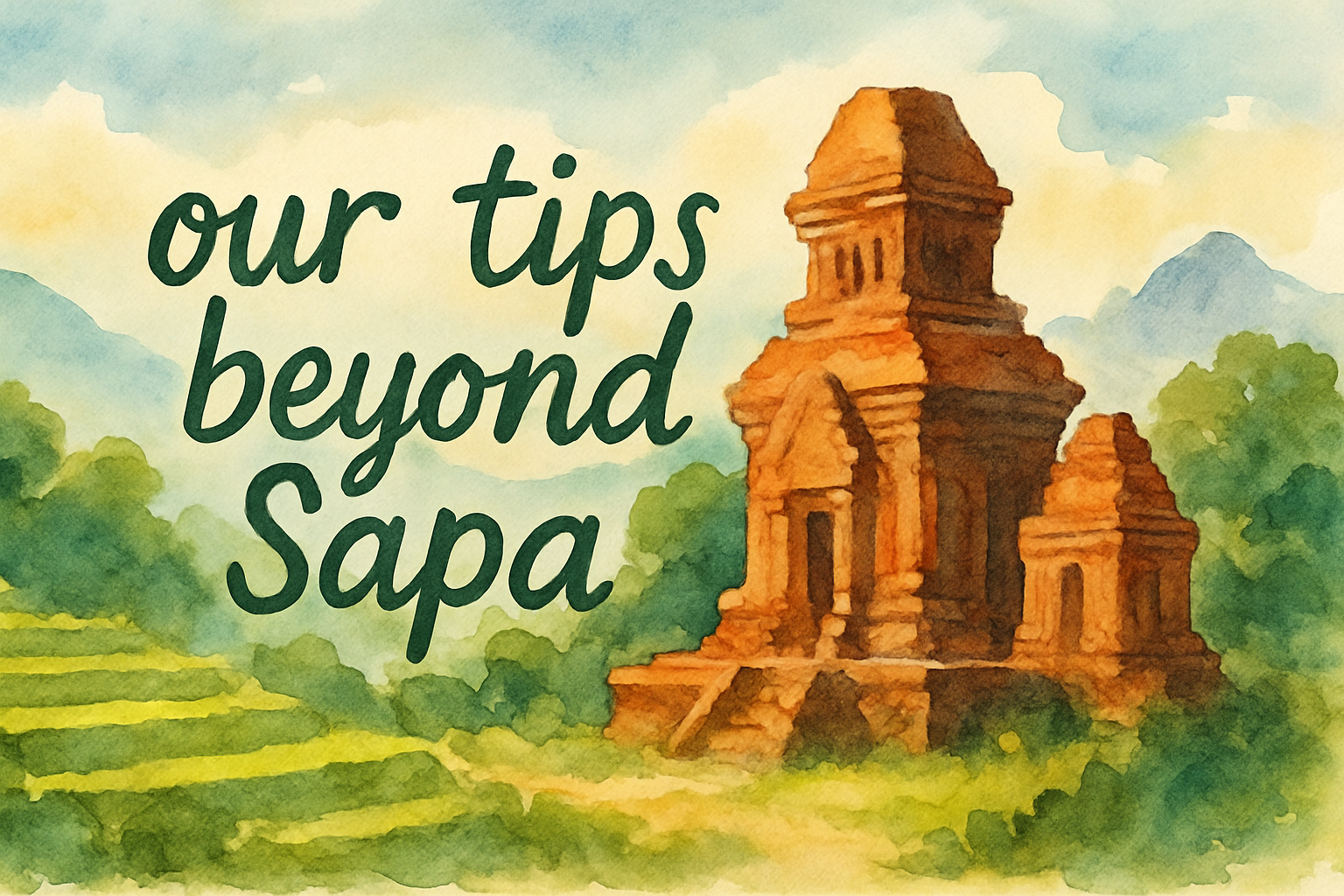
Explore Sapa
Explore Sapa: Rice Terraces, Culture and Traditions with Local Guides
Use our click through resources to plan your visit to Sapa. From maps, to tips and weather to restaurants, this is your one stop guide to all things Sapa.
Is Sapa Worth Visiting?
Sapa offers an unforgettable blend of breath-taking terraced rice fields, technical hiking paths, and vibrant local culture. If you’re after iconic views and a glimpse into Vietnam’s ethnic diversity, it’s hard to beat. Just be ready, it’s a popular destination, so expect crowds in some villages, especially during peak tourist seasons. We strongly advise against trekking in the most well trodden villages of Cat Cat and Ta Van. Others may claim it, but our experience are truly different. We offer unique experiences in places well off the tourist trail.
What truly sets Sapa apart is the empowering role tourism is playing in transforming traditional gender dynamics, particularly among Hmong and Dao women. A recent study highlights how tourism initiatives rooted in cultural heritage have boosted women’s economic autonomy and community status.
Women lead our treks, motorbike trips and workshops, and share their culture with pride. ETHOS is reshaping roles and championing fair pay and respect. Ethnographic research also reveals that working in tourism gives women greater confidence, a sense of freedom, and even the social influence to renegotiate their traditional roles at home.
Saaa is absolutely worth visiting for its spectacular landscapes, cultural richness, and the opportunity to support women’s empowerment through tourism. It remains a place where tradition meets progress, making every visit meaningful on multiple levels.
Explore beyond Sapa:
With 30 years of exploring and travelling in Vietnam from North to South, these are our tips based on real experiences and places we've enjoyed the most. Our travel style is outdoorsy and adventurous. We love nature and culture. we love human interaction and meaningful immersion.





